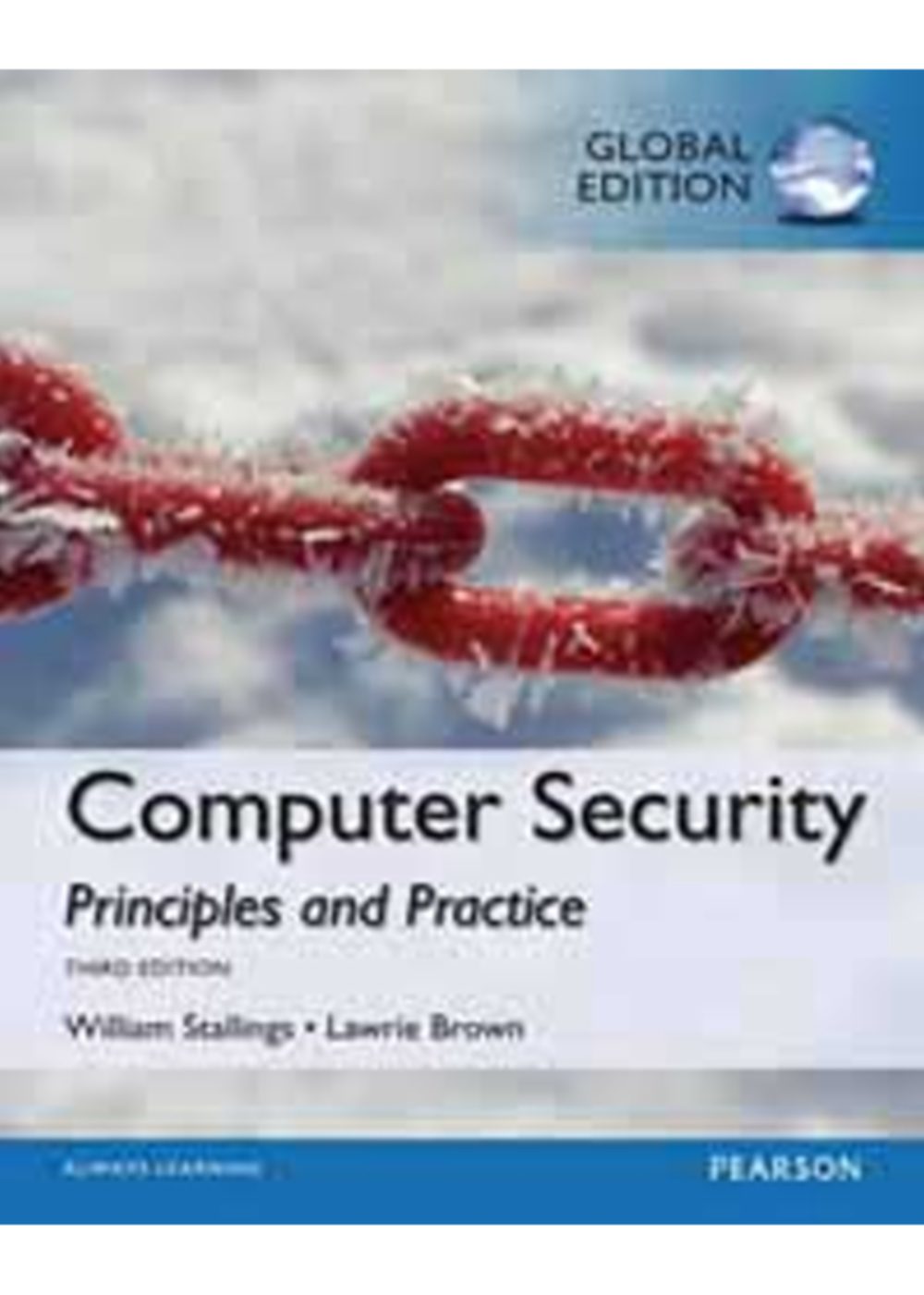|
|
|
COMPUTER SECURITY: PRINCIPLES AND PRACTICE 3/E (GE)
|

|

沒有庫存
訂購需時10-14天
|
|
|
|

|
|
9781292066172 | |
|

|
|
STALLINGS | |
|

|
|
全華圖書 | |
|

|
|
2014年10月28日
| |
|

|
|
373.00 元
| |
|

|
|
HK$ 354.35
|
|
|
|
|

| |
|
|
|
|
| |
|
|
詳
細
資
料
|
ISBN:9781292066172叢書系列:大學資訊規格:平裝 / 840頁 / 普通級
大學資訊
|
|
分
類
|
專業/教科書/政府出版品 > 電機資訊類 > 資訊 |
同
類
書
推
薦
|
|
|
內
容
簡
介
|
In recent years, the need for education in computer security and related topics has grown dramatically—and is essential for anyone studying Computer Science or Computer Engineering. This is the only text available to provide integrated, comprehensive, up-to-date coverage of the broad range of topics in this subject. In addition to an extensive pedagogical program, the book provides unparalleled support for both research and modeling projects, giving students a broader perspective.
It covers all security topics considered Core in the EEE/ACM Computer Science Curriculum. This textbook can be used to prep for CISSP Certification, and includes in-depth coverage of Computer Security, Technology and Principles, Software Security, Management Issues, Cryptographic Algorithms, Internet Security and more.
The Text and Academic Authors Association named Computer Security: Principles and Practice, First Edition, the winner of the Textbook Excellence Award for the best Computer Science textbook of 2008.
Teaching and Learning Experience
This program presents a better teaching and learning experience—for you and your students. It will help:
1.Easily Integrate Projects in your Course: This book provides an unparalleled degree of support for including both research and modeling projects in your course, giving students a broader perspective.
2.Keep Your Course Current with Updated Technical Content: This edition covers the latest trends and developments in computer security.
3.Enhance Learning with Engaging Features: Extensive use of case studies and examples provides real-world context to the text material.
4.Provide Extensive Support Material to Instructors and Students: Student and instructor resources are available to expand on the topics presented in the text.
|
|
目
錄
|
Ch0: Guide for Readers and Instructors
Ch1: Overview
PART ONE COMPUTER SECURITY TECHNOLOGY AND PRINCIPLES
Ch2: Cryptographic Tools
Ch3: User Authentication
Ch4: Access Control
Ch5: Database and Cloud Security
Ch6: Malicious Software
Ch7: Denial-of-Service Attacks
Ch8: Intrusion Detection
Ch9: Firewalls and Intrusion Prevention Systems
PART TWO SOFTWARE SECURITY AND TRUSTED SYSTEMS
Ch10: Buffer Overflow
Ch11: Software Security
Ch12: Operating System Security
Ch13: Trusted Computing and Multilevel Security
PART THREE MANAGEMENT ISSUES
Ch14: IT Security Management and Risk Assessment
Ch15: IT Security Controls, Plans and Procedures
Ch16: Physical and Infrastructure Security
Ch17: Human Resources Security
Ch18: Security Auditing
Ch19 : Legal and Ethical Aspects
PART FOUR CRYPTOGRAPHIC ALGORITHMS
Ch20: Symmetric Encryption and Message Confidentiality
Ch21: Public-Key Cryptography and Message Authentication
PART FIVE NETWORK SECURITY
Ch22: Internet Security Protocols and Standards
Ch23 : Internet Authentication Applications
Ch24: Wireless Network Security
APPENDICES
Appendix A Projects and Other Student Exercises for Teaching Computer Security
REFERENCES
INDEX
LIST OF ACRONYMS
ONLINE CHAPTERS AND APPENDICES
Online chapters, appendices, and other documents are Premium Content, available via the access card printed in the front of the book.
Ch25: Linux Security
Ch26: Windows and Windows Vista Security
Appendix B Some Aspects of Number Theory
Appendix C Standards and Standard-Setting Organizations
Appendix D Random and Pseudorandom Number Generation
Appendix E Message Authentication Codes Based on Block Ciphers
Appendix F TCP/IP Protocol Architecture
Appendix G Radix-64 Conversion
Appendix H Security Policy-Related Documents
Appendix I The Domain Name System
Appendix J The Base-Rate Fallacy
Appendix K SHA-3
Appendix L Glossary
|
|
|
書
評
|
|
|
|

